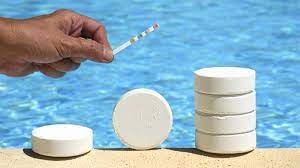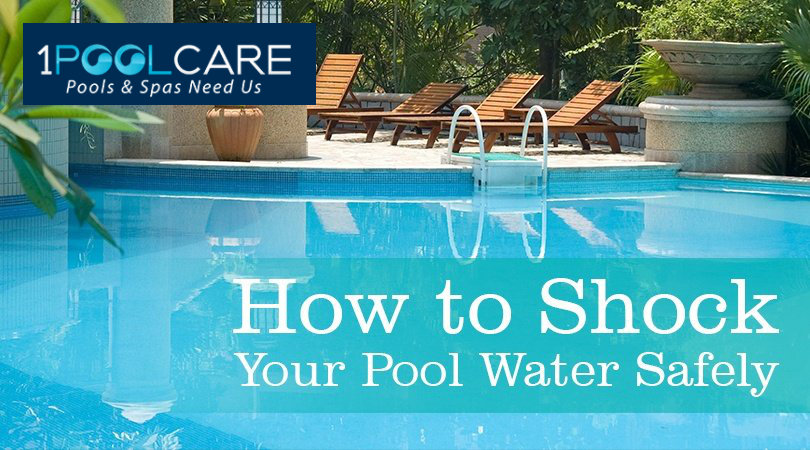What Type of Pool Shock Should You Use?
Not all pools require the same shock or chlorine for sanitisation. Some shock you can add directly to your pool water, while others need to be diluted first. Most pool shock require an eight-hour downtime following the application, but some may need longer.
Knowing the differences in pool shock can help you determine which one is best for your pool.
Calcium Hypochlorite
Pool owners have been using calcium hypochlorite, or cal hypo, to sanitise their pools for decades. Its grainy white texture allows it to dissolve in water.
Using cal hypo requires dissolving the granular mixture in water before adding it to the pool water. Calcium hypochlorite requires eight hours to circulate throughout the pool before it is safe for swimming again.
Dichloroisocyanuric Acid
To save time, we’ll call it dichlor acid. Dichlor acid is a stabilised chlorine solution containing isocyanuric acid. Although it is an effective pool shock mixture, creating too high cyanuric acid levels can affect the sanitisation ability of your pool water. Once this overdosing occurs then dilution or draining the pool or spa will be required.
Dichlor is one of the easiest chlorine to use when sanitising your pool. It dissolves rapidly and only requires a small amount of time to dissolve. Remember to check the water balance after shocking, especially the cyanuric acid (stabiliser).
Sodium Hypochlorite
The most commonly used chlorine that is available in Australia. A very weak chlorine solution (12%) but still very effective. It would be best to reduce your pH to the lower end of 7.2 as this will increase the effectiveness of the sanitiser.
You can add this directly to the pool without the need to dilute first. If you also have a salt chlorinator then you will not be adjusting the total dissolved salt which the pool requires.



 By
By 




